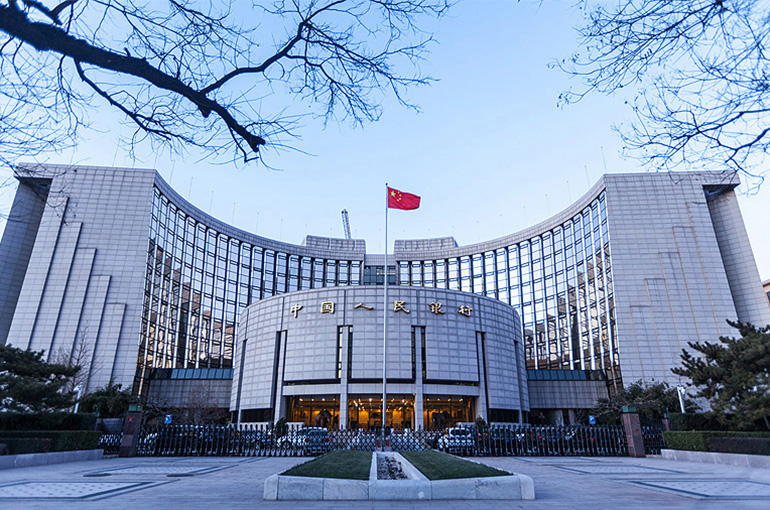 PBOC to Issue Biggest Batch of Offshore Yuan Bills To-date to Stabilize Exchange Rate
PBOC to Issue Biggest Batch of Offshore Yuan Bills To-date to Stabilize Exchange Rate(Yicai) Jan. 6 – The People's Bank of China plans to issue new offshore Chinese yuan bills in Hong Kong this month in the largest such auction so far, as the central bank takes steps to maintain a stable exchange rate after the redback weakened to its lowest point in more than a year last week, Yicai learned exclusively from a source at the central bank.
The new note issuance is in response to strong demand for high-grade yuan-denominated bonds by overseas investors, the person said. They will be newly issued this time to drain yuan liquidity from the market and will not be bills that are rolled over upon maturity. If there continues to be strong pressure on the yuan exchange rate, the central bank may issue even more offshore bills.
The onshore yuan tumbled past 7.3 against the US dollar for the first time since November 2023 on Jan. 3 to 7.36. The day before, the US dollar index, which is a measure of the greenback’s value relative to a basket of foreign currencies, set a new high since November 2022, surging to 109. This put non-US currencies under pressure. The euro softened 0.9 percent and the British pound slid 1.1 percent that day.
The weakening beyond 7.3 will have a big psychological impact on the market, but there is unlikely to be a sharp drop in the exchange rate in the short term, a trader and strategist at a foreign bank told Yicai. Institutions are predicting that the exchange rate will fluctuate between 7.3 and 7.5 in the first half.
Trump Tariffs
The threat of more tariffs on imported goods under the incoming Trump administration is pushing the dollar up. These new tariffs will likely mainly target intermediate and capital goods that are listed on trade friction lists (I to III) from 2018 to 2019, US investment bank Goldman Sachs said. Thus the actual tariff rate will probably climb by 20 percentage points.
Tariffs may be a triggering factor, said Sun Lulu, a foreign exchange and interest rate strategist at New York-based Goldman Sachs. The spread between the offshore and onshore exchange rates could widen, and the offshore yuan might stay around 7.5 and 7.6 to the dollar.
To partially offset the negative impact of tariffs, China is expected to use a variety of tools, including the depreciation of the yuan and fiscal easing.
The central bank hopes to manage the pace of redback depreciation and avoid any sharp drops before the new US tariffs are announced, Goldman Sachs said, referring to a statement made by the PBOC and the State Administration of Foreign Exchange last week that they will take measures to keep the yuan exchange rate basically stable and prevent the risk of overshooting.
Greater Stimulus
The economic stimulus package rolled out by the government in September last year will support the stability of the Chinese yuan this year, Yicai learned. China is expected to roll out more proactive fiscal policies and moderately loose monetary policies to bolster economic recovery.
China may adopt unconventional monetary and fiscal stimulus policies this year, Li Zhan, chief economist at China Merchants Fund Research, said at a forum yesterday.
China will probably slash banks’ reserve requirement ratio three times this year, amounting to a total reduction of between 100 basis points and 150 bps, Li said. And there could be three interest rate cuts totaling between 50 bps and 80 bps. The fiscal deficit ratio is likely to rise above 4 percent from 3 percent and the scale of special bonds may be hiked to CNY5 trillion (USD682.2 billion).
The PBOC is likely to cut the reserve requirement ratio by 50 bps in the first and third quarters this year to support government bond issuance, Goldman Sachs said. And interest rates will probably be trimmed by 20 bps in the second and fourth quarters.
Editor: Kim Taylor